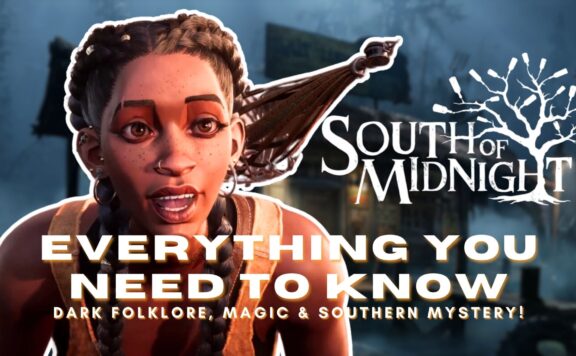Senua’s Saga: Hellblade II, developed by Ninja Theory, continues the journey of Senua, delving deeper into her psychosis and exploring themes of trauma, resilience, and self-discovery. This highly anticipated sequel builds on the foundation laid by its predecessor, with a focus on narrative depth, visual excellence, and immersive sound design.
Story and Characters
Hellblade II’s narrative remains intensely personal, exploring Senua’s inner struggles and her journey through the mythic Viking world. Melina Juergens delivers a powerful performance, embodying the complexity and vulnerability of Senua. The story is gripping and emotionally charged, keeping players engaged throughout.
Visuals and Atmosphere
Utilizing Unreal Engine 5, Hellblade II offers stunning visuals that bring the game’s haunting world to life. The environments are meticulously detailed, from lush forests to desolate ruins, enhanced by photogrammetry techniques and realistic character models. The lack of HUD and camera cuts provide a seamless, cinematic experience.
Sound Design and Music
Hellblade II excels in its sound design, utilizing advanced binaural audio to simulate Senua’s auditory hallucinations with stunning realism. This feature is best experienced with headphones, creating an eerie and immersive atmosphere. The soundtrack, composed by David García Díaz, perfectly complements the game’s tone, blending haunting melodies with intense, dramatic scores.
Gameplay and Mechanics
The combat system is more refined, offering a brutal and visceral experience. However, some gameplay elements, such as puzzle-solving and exploration, can feel repetitive. While the game introduces more complex puzzles and a greater emphasis on exploration, it doesn’t significantly innovate beyond the original.



